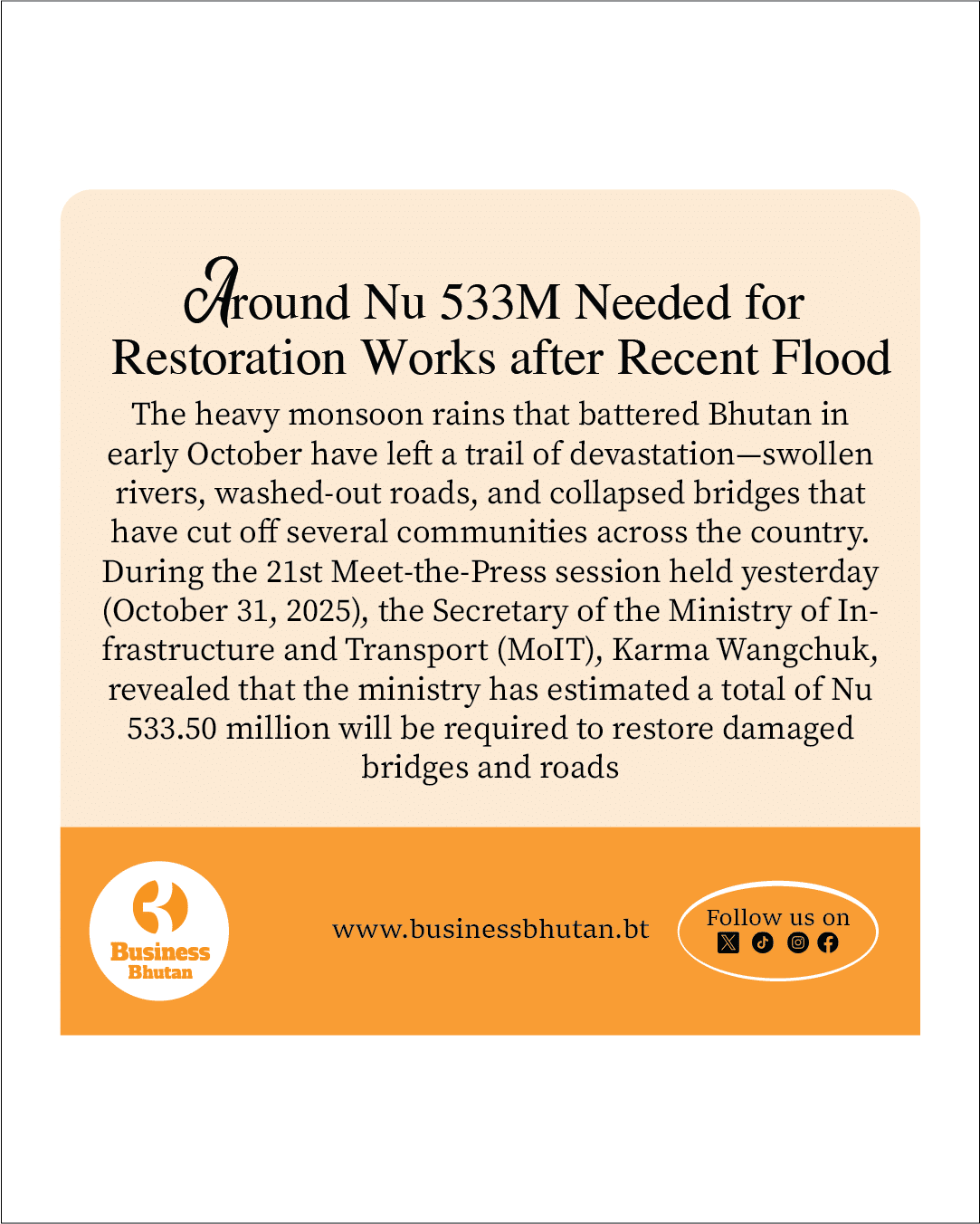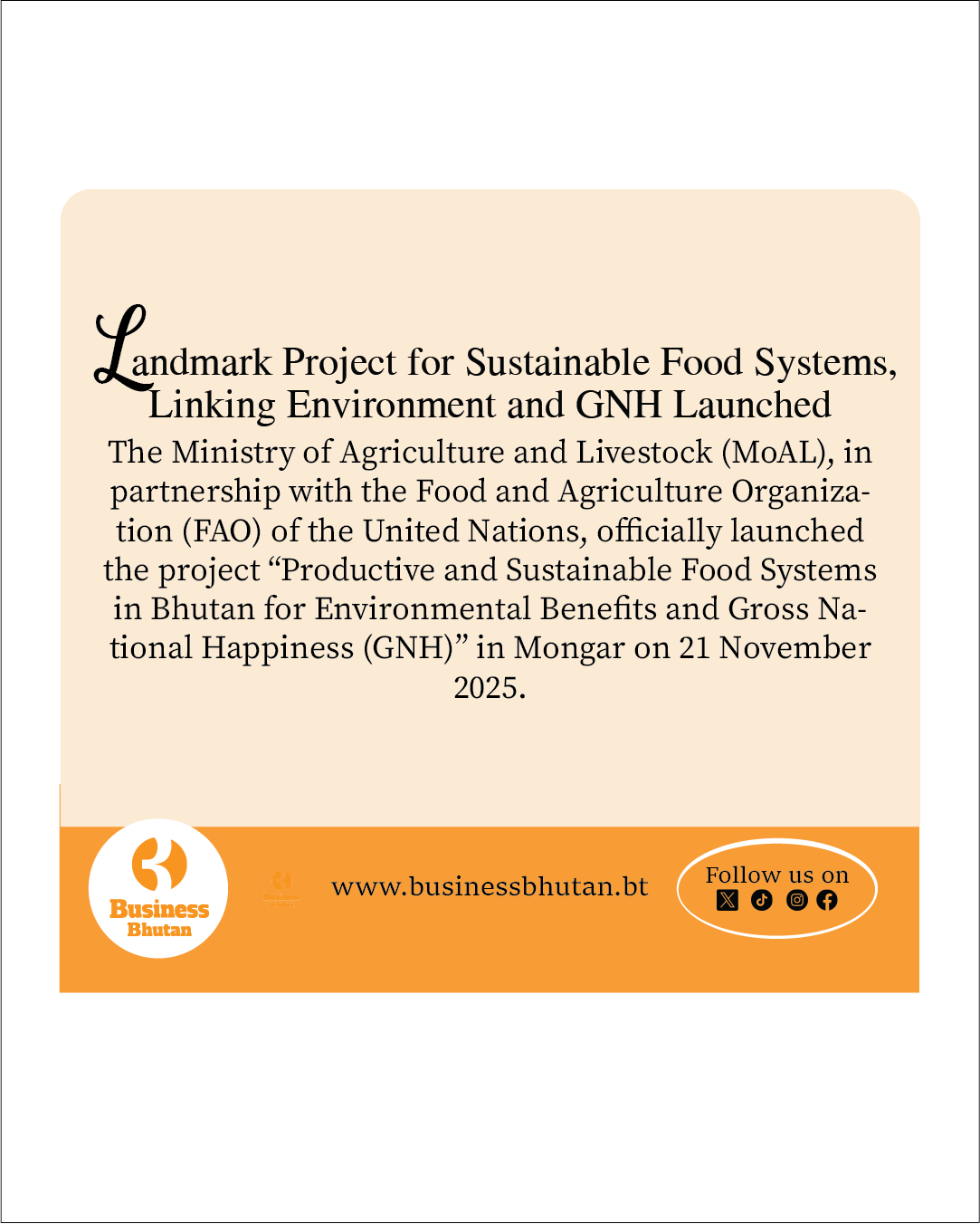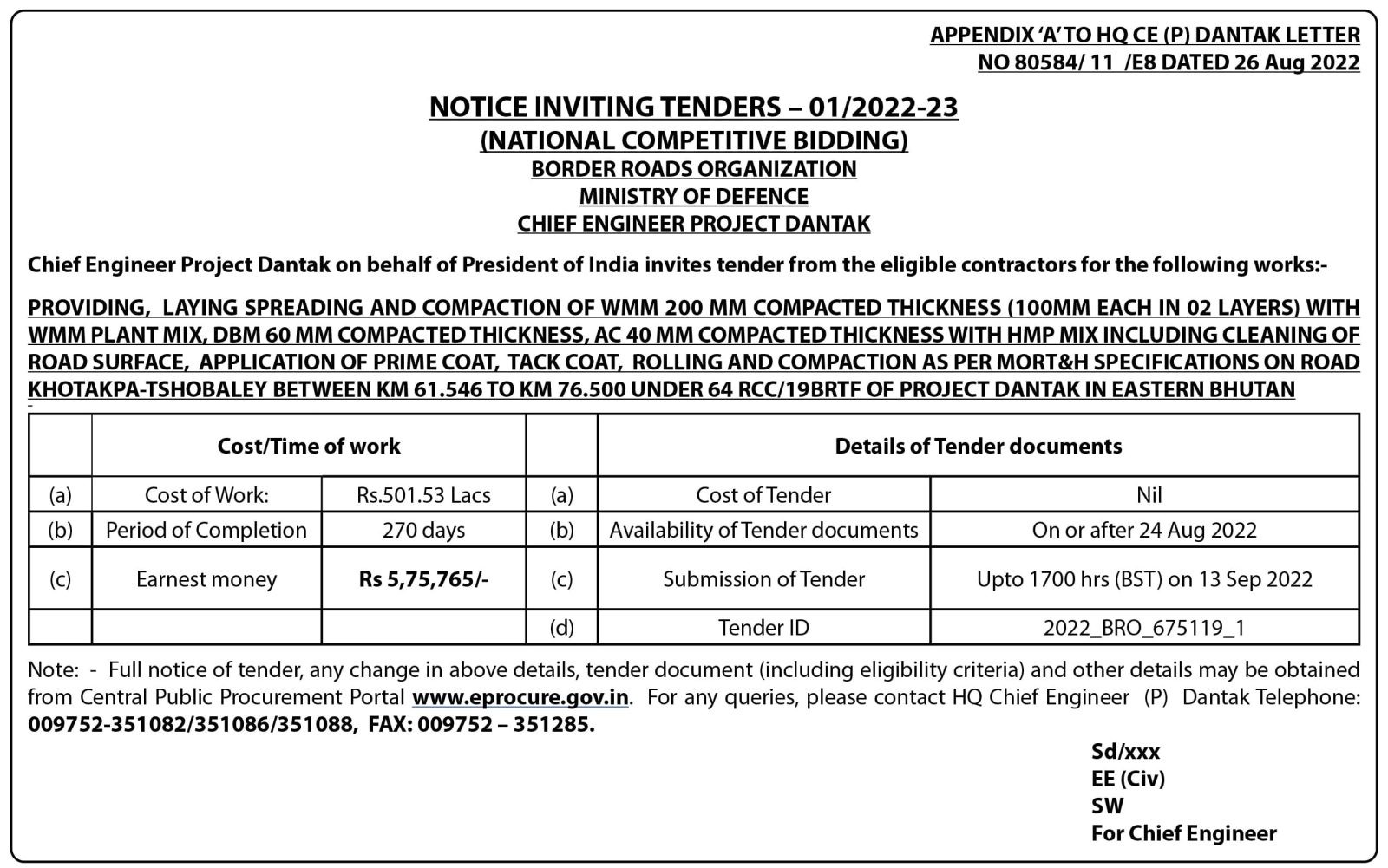The heavy monsoon rains that battered Bhutan in early October have left a trail of devastation—swollen rivers, washed-out roads, and collapsed bridges that have cut off several communities across the country.
During the 21st Meet-the-Press session held yesterday (October 31, 2025), the Secretary of the Ministry of Infrastructure and Transport (MoIT), Karma Wangchuk, revealed that the ministry has estimated a total of Nu 533.50 million will be required to restore damaged bridges and roads.
“For immediate restoration works, a total of Nu 388.50 million will be needed, which we have proposed to take up within the current financial year 2025–2026,” the Secretary said.
He added that an additional Nu 145 million will be required for permanent reconstruction in the 2026–2027 financial year. The Ministry has already sought financial assistance from the Disaster Restoration Fund through the Ministry of Finance to support the works.
According to the MoIT, a total of 19 bridges were damaged during the devastating flash floods of October 4–5, 2025. Of these, nine bridges were completely washed away, while ten sustained partial damage. In addition, four major road sections were severely affected, leading to complete disconnection in several areas.
The Secretary clarified, however, that most of the washed-away bridges were Bailey bridges, which are temporary structures designed for short-term use. “No permanent bridges were washed away in the recent disaster,” he emphasized.
The worst-affected areas were Chukha, Haa, Dagana, Samtse, and Sarpang, where swollen rivers swallowed roads and temporary bridges, leaving hundreds of residents stranded for days.
Several key routes remain cut off, including the Haa–Samtse Secondary National Highway, which was severed after the Namchukhola Bailey Bridge was washed away. Similarly, the Denchukha Dzongkhag Road remains disconnected following the collapse of the Denchukha Bailey Suspension Bridge, while the Dungna–Metakha Dzongkhag Road has been blocked due to the loss of the Tomichu and Melamchu Bailey bridges.
In Chukha Dzongkhag, the farm roads to Baeyul Kinzang under Bongo Gewog and Totokgom under Bjachhog Gewog were also cut off after the Bjimechu Bailey Bridge was washed away.
Despite the scale of the destruction, restoration efforts began almost immediately. The Ministry, through the Department of Roads and Surface Transport, in coordination with the affected dzongkhags, has already built temporary structures such as log bridges, hume-pipe culverts, and bypass roads to restore basic connectivity.
“For the immediate restoration of connectivity, while routine damages can be addressed using the Department’s existing resources, there are critical restoration works that must be taken up urgently to reconnect highways and restore access to cut-off communities and gewogs,” Secretary Karma Wangchuk said.
As Bhutan continues its efforts to rebuild, the recent floods have once again highlighted the nation’s heightened vulnerability to climate-induced disasters. The increasing intensity and unpredictability of monsoon rains—exacerbated by changing weather patterns and environmental pressures—pose serious challenges to the country’s infrastructure, communities, and livelihoods. Beyond immediate damage to roads, bridges, and connectivity, such events threaten agricultural production, local economies, and access to essential services in remote regions. The disaster underscores the urgent need for Bhutan to invest in climate-resilient infrastructure, including reinforced bridges, sustainable road networks, improved drainage systems, and early-warning mechanisms. Strengthening these systems is not merely a matter of repairing damage but of future-proofing the nation, ensuring that communities remain connected, livelihoods protected, and development gains safeguarded against the growing frequency and ferocity of extreme weather events.
Nidup Lhamo
From Thimphu




![Fresh Beginnings: Pasakha Vendors Gear Up for New Vegetable Market - Duplicate - [#16963] Fresh Beginnings: Pasakha Vendors Gear Up for New Vegetable Market - Duplicate - [#16963]](https://businessbhutan.bt/wp-content/uploads/2025/11/Asset-200.png)











